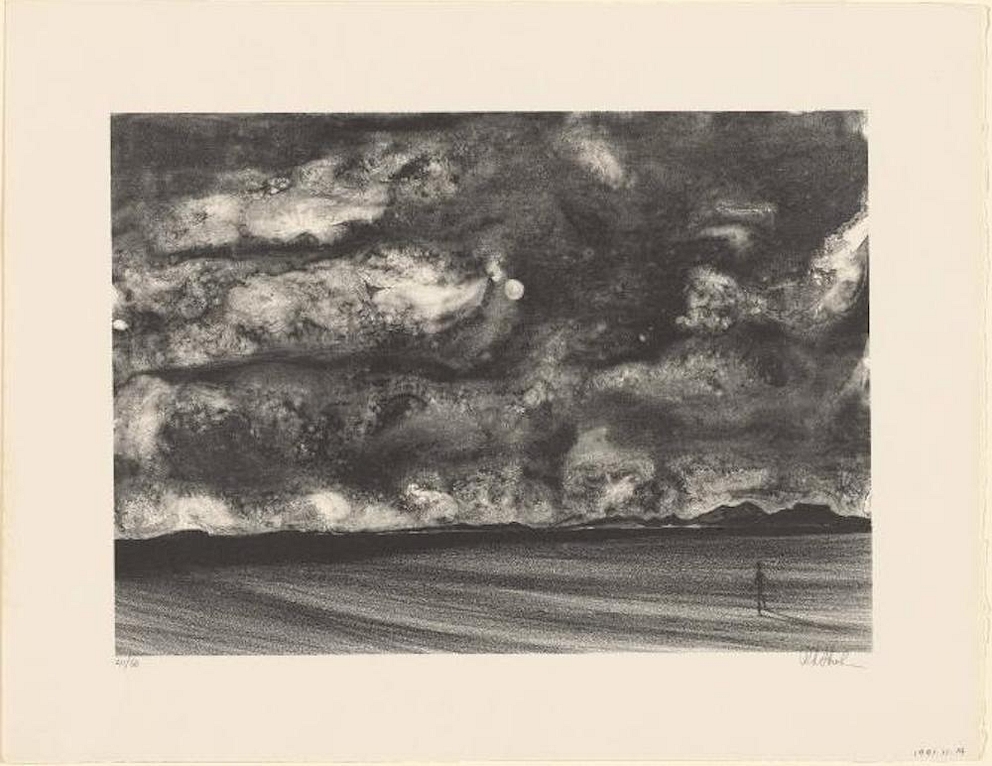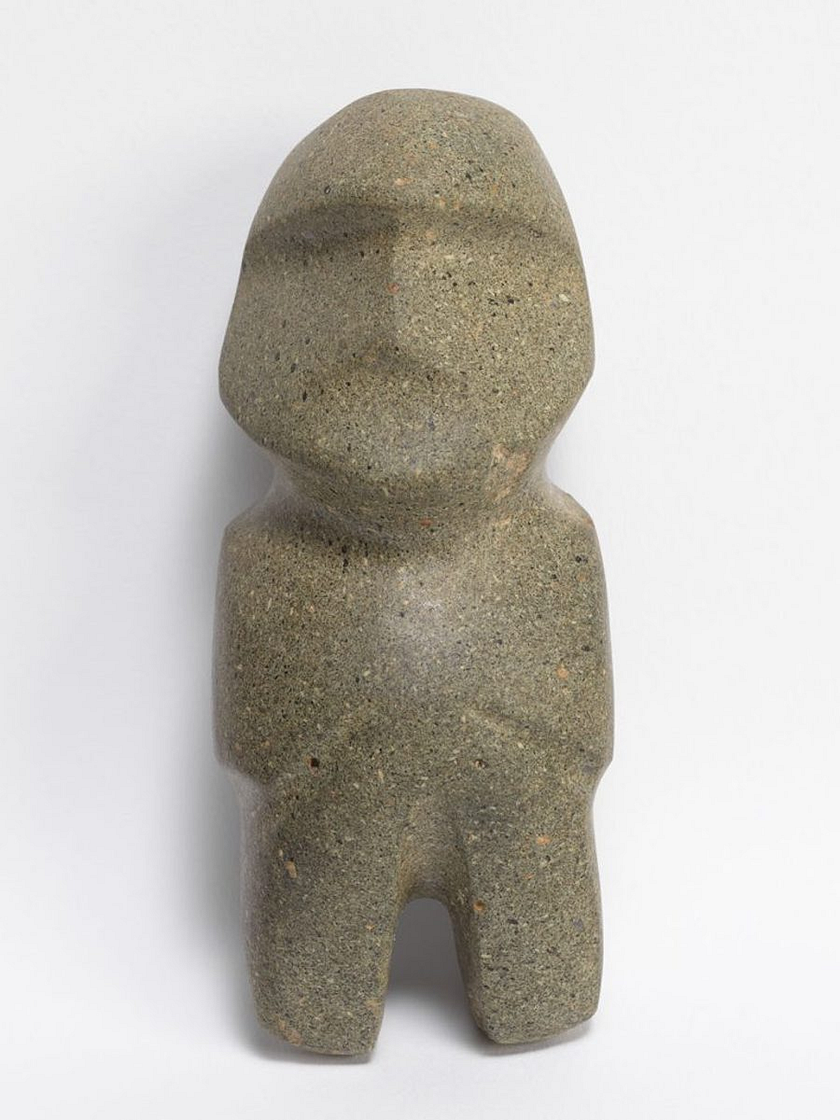Act as if you are a curator: An Al-generated exhibition
Nasher Museum of Art
Duke University
Durham, N.C.
Through Jan. 14, 2023
A wall-sized message lets you know that despite the conventionally arrayed art on the walls, an exhibit currently up at Duke’s Nasher Museum of Art is charting new territory: A human did not choose and describe the works on display. Artificial Intelligence (Al) did.
The museum tasked ChatGPT with creating the installation, entitled “Act as if you are a curator: An Al-generated exhibition,” and discovered it wasn’t all that reliable when it comes to art. ChatGPT is an Al chatbot developed by OpenAl that uses natural language processing to create a conversational dialogue with the user. While it’s been known to pass the bar, plan vacations abroad, and even write cover letters and songs, museum curators wanted to know, could it also create an exhibit from their collection?
In some instances, it identified and labeled the art correctly, but missed a key component of it. Other times, it “hallucinated” or completely made up works of art.
The fact that it was even able to create the exhibit leaves viewers grappling with the question of how deeply we should let advanced technologies embed themselves in our communities and cultures. How much power should it have?
To bring this exhibit to life, a team of students and faculty in Duke’s Art, Art History & Visual Studies Department, and the Duke Digital Art History and Visual Culture Research Lab first created a tool to extract public information from the museum’s online collection. The team translated that dataset of nearly 14,000 objects into information that could be understood by ChatGPT. They then asked the chatbot: What topic would be most appealing for an exhibition at a university art museum? The chatbot consistently answered with themes of utopia, dystopia, dreams, and the subconscious. The team used synonyms related to the themes in the prompts and repeatedly asked ChatGPT to select artwork until they had enough pieces to fill Nasher’s 600-square-foot Incubator Gallery.

One selection, Richard Aberle Florsheim’s “Moonlit scene with figure illustration,” indeed closely aligned with the concepts of utopia, dreams, and the subconscious. It’s a striking black and white lithograph of a full moon surrounded by clouds hovering brightly above a person on the ground. ChatGPT’s description refers to it as a “tranquil landscape and ethereal atmosphere” that allows viewers to “reflect on the beauty of the night and evoke a sense of mystery and introspection.” Curators acknowledged the accuracy, but also noted that its description was a near replica of their own description in their database. Not much value added.
ChatGPT’s inability to apply the knowledge in its system to have a foundational understanding of the task at hand was on full display with its selection of Salvador Dali’s “Mystery of Sleep (The Hermit)” (pictured at the top of this story). Dali used a melting clock or the face of a figure floating over a grey cloud on a blue background. The illustration is described by ChatGPT as an “enchanting exploration of the subconscious realm that takes viewers on a dreamlike journey, revealing the enigmatic nature of sleep and its profound impact on our perceptions, desires and fears.” Nasher curators found the description accurate but noted that ChatGPT failed to emphasize that Dali is known for the image of melting clocks, an iconic fixture of his work. It also didn’t explain why he used sleep and the subconscious as his focal point for many pieces in his collection.

The chatbot also selected a Mezcala style Guerrero figure dating back 500 BCE to 500 CE, as well as a Mayan footed ceramic bowl and plumbate ware, which is pottery that has a hard and shiny coating, dating back 2000 BCE to 300 CE. The pieces are described as “a remarkable testament to the ancient civilization that embodies the artistic and cultural heritage of their time, offering a glimpse into the spiritual beliefs and rituals of the past.” Nasher curators noted that the chatbot thought the items were titled “Utopia, dystopia, consciousness,” and could only speculate as to why it chose the items.
Using art is a powerful way to explore the capabilities of Al and serves as an unnerving reminder that this technology can touch all parts of society. As I left the exhibit, I did feel I had experienced an interesting look at a new frontier in art. I also felt nervous about its limitations, aware that, as in other realms impacted by AI, humans will still play a crucial role in the evolving machine, not just keeping watch, but keeping it within boundaries.






